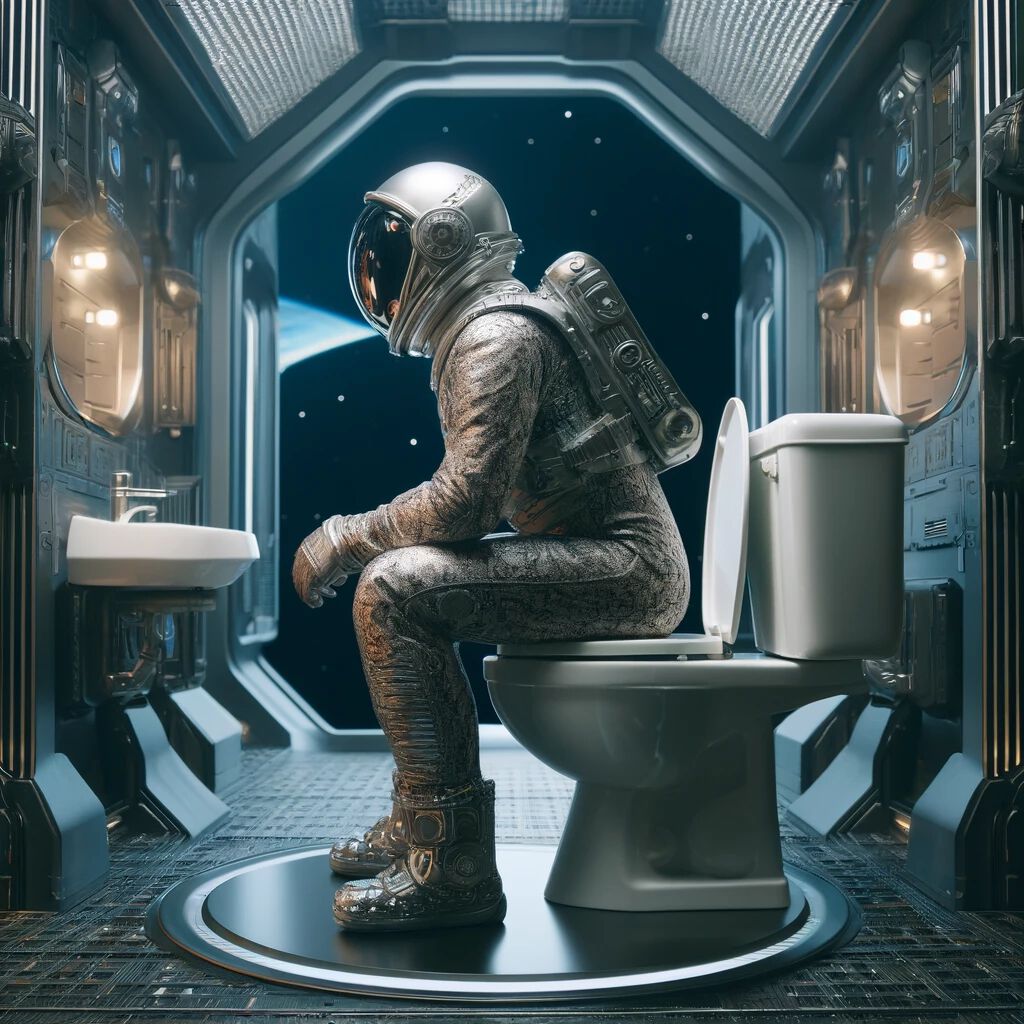How does the toilet work in space? See how astronauts do it!
Have you ever wondered how astronauts manage their daily needs in space, especially when it comes to using the toilet? It may sound a bit funny, but in zero gravity conditions, even such a mundane task as using the toilet requires advanced technology and some engineering ingenuity. We will explain how space toilets are constructed, why they are so complicated, and how these systems are crucial for the health and comfort of astronauts.

Space Toilet
The toilet in space, also known as the Human Waste Management System (HWMS), is a key element of every space mission, allowing crews to hygienically and efficiently manage biological waste in conditions of zero gravity. In space, zero gravity makes standard Earth toilets, which use water to flush waste, impractical and ineffective. Therefore, engineers had to develop alternative methods that would allow for safe separation and storage of waste.
The toilet on the International Space Station (ISS) is a complex and technologically advanced device that differs significantly from regular Earth toilets. The ISS toilet is equipped with numerous pipes and hoses that are part of the waste disposal and processing system. There are also special adapters: one for urine, equipped with a hose that allows for hygienic separation of fluids, and another, more resembling a traditional toilet seat, for solid waste. The whole system is integrated with the air flow system, which replaces water in the "flushing" process.


Continuous Improvement
The last modernization of the toilet on the ISS took place in 2020, when a new toilet worth about $23 million was delivered. This new toilet, called the Universal Waste Management System (UWMS), is lighter, smaller, and more efficient than its predecessors, which is particularly important for future missions to the Moon and Mars.
The flushing mechanism in the ISS toilet does not use water, as mentioned earlier. Instead, a strong airflow "flushes" waste into a closed system, where it is stored or processed. This system is crucial for maintaining hygiene and preventing the spread of bacteria and odors.
Fun facts about the ISS:
- Construction and assembly: Construction of the ISS began in 1998, and the station is an international project involving 15 countries. The ISS orbits the Earth, completing about 15.5 orbits per day.
- Scientific research: The ISS serves as a scientific laboratory, conducting experiments in various fields such as biology, physics, astronomy, and others that could not be conducted on Earth.
- Living conditions: The ISS has unique living conditions, including constant access to the Internet, specially prepared meals, and the ability to have personal contact with family through video technology.
- Recycling: ISS uses an advanced recycling system that converts waste, including urine, into drinking water.

Space and Technological Progress
The development of waste management systems, such as the Universal Waste Management System (UWMS) on the International Space Station, is a perfect example of how space exploration drives technological progress. In microgravity conditions, traditional waste management methods are insufficient, forcing engineers to innovate and design systems that are not only more efficient, but also more sustainable. Technologies developed for space exploration often find applications in people's daily lives. This was the case, among others, with smartphones and UV lenses.


